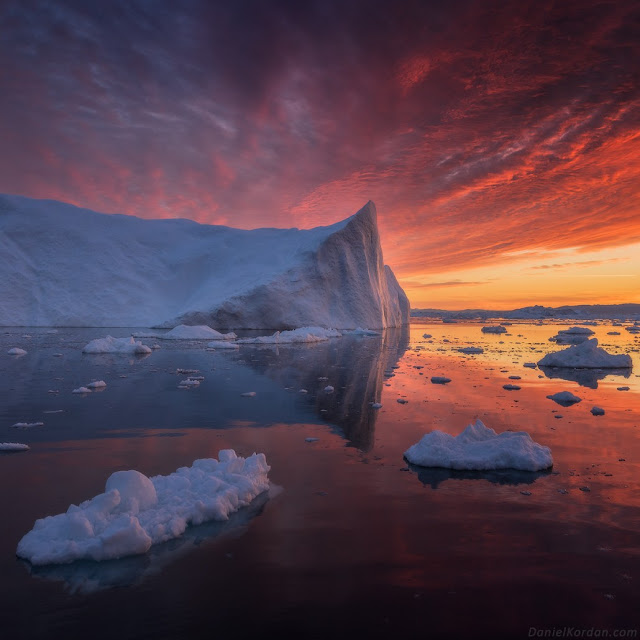Impact on Human Populations During the Last Ice Age
The last ice age, which lasted from about 2.6 million years ago to 11,700 years ago, had a significant impact on the Earth's climate and ecosystems. This, in turn, had a profound effect on human populations around the world. In this article, we will discuss how the last ice age impacted human populations.
Migration and Settlement Patterns
The cooling and changing climate during the last ice age forced human populations to adapt in a number of ways, including:
- Migrating to more hospitable regions
- Developing new technologies to survive in colder climates
- Changing settlement patterns, such as moving from nomadic lifestyles to more settled farming communities
Adaptations to Cold Climates
As the Earth's climate cooled during the last ice age, human populations had to adapt to survive in colder climates. Some of the adaptations that emerged during this time include:
- The development of warm clothing, such as animal furs and hides
- The use of fire for warmth and cooking
- The development of housing, such as igloos and other types of shelters
- The cultivation of cold-resistant crops, such as barley and wheat
Changes in Hunting and Gathering
The cooling climate during the last ice age also had a significant impact on the availability of resources for human populations, leading to changes in hunting and gathering practices. Some of these changes include:
- The shift to hunting larger game, such as mammoths and bison, which were better adapted to cold climates
- The cultivation of cold-resistant crops, as mentioned earlier
- The development of fishing practices to take advantage of new waterways created by melting glaciers
Impact on Human Population Growth
The last ice age also had an impact on human population growth. While some populations thrived in colder climates, others were not able to adapt as successfully, leading to declines in population. Additionally, the colder climate made it more difficult for human populations to expand into new territories, leading to slower population growth overall.
The Legacy of the Last Ice Age
The last ice age had a profound impact on human populations, shaping our evolution and development as a species. Today, we continue to see the effects of this period in our genetic makeup, as well as in our cultural practices and beliefs. By studying the impact of the last ice age on human populations, we can better understand our past and prepare for the challenges of the future.



Comments
Post a Comment